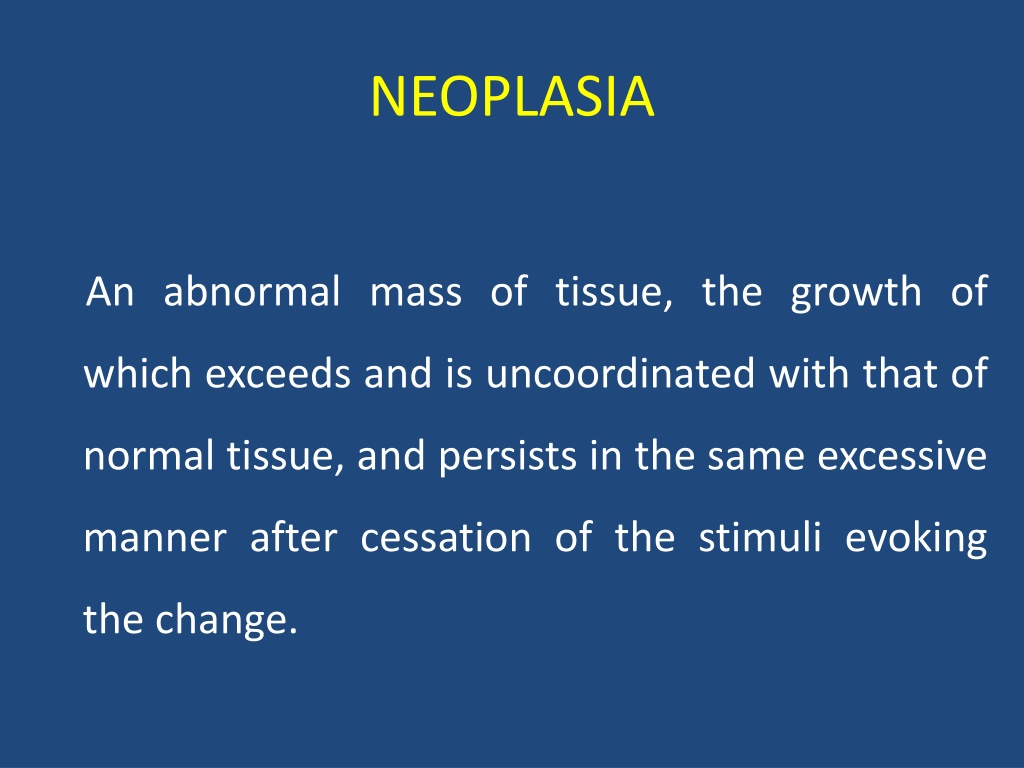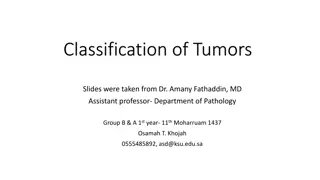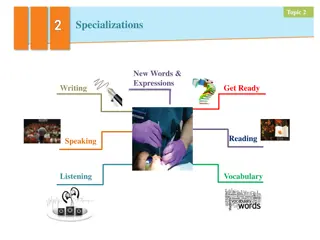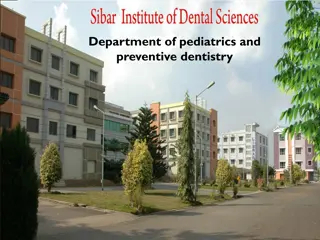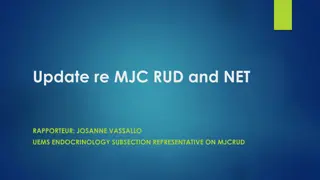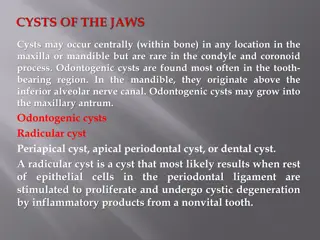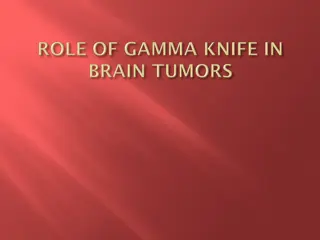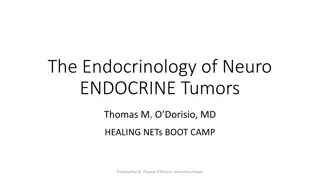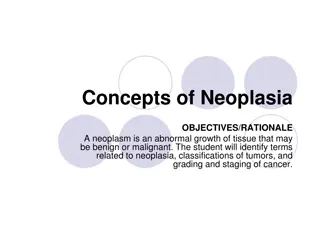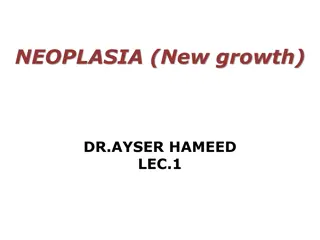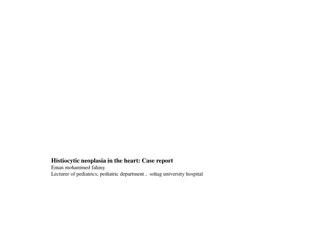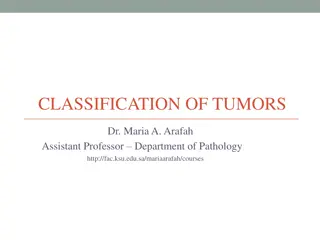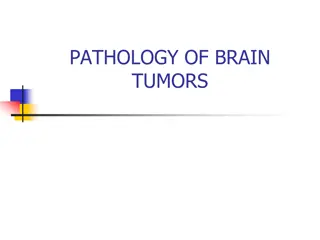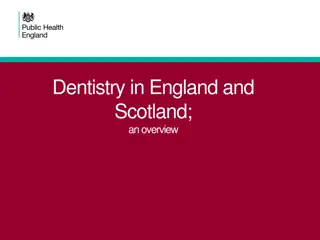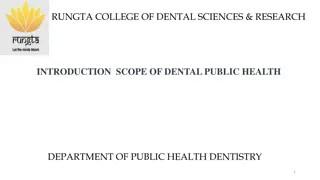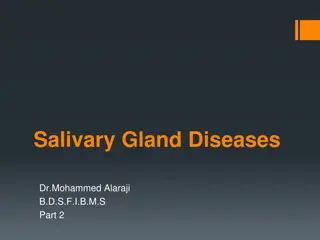Neoplasia and Odontogenic Tumors in Dentistry
Neoplasia refers to abnormal tissue growth surpassing normal growth, persisting excessively even after the initial stimulus. Odontogenic tumors are classified by the WHO in 1992 into benign and malignant categories, with various subtypes described. Ameloblastoma is a true neoplasm of enamel organ tissue, exhibiting specific characteristics. Pathogenesis involves cell rests of enamel organ and other factors contributing to tumor development.
Download Presentation

Please find below an Image/Link to download the presentation.
The content on the website is provided AS IS for your information and personal use only. It may not be sold, licensed, or shared on other websites without obtaining consent from the author. Download presentation by click this link. If you encounter any issues during the download, it is possible that the publisher has removed the file from their server.
E N D
Presentation Transcript
NEOPLASIA An abnormal mass of tissue, the growth of which exceeds and is uncoordinated with that of normal tissue, and persists in the same excessive manner after cessation of the stimuli evoking the change.
ODONTOGENIC TUMORS WHO classification - 1992 BENIGN 1. Odontogenic Epithelium Without Odontogenic Ectomesenchyme 1. Ameloblastoma 2. Squamous Odontogenic Tumor 3. Calcifying Epithelial Odontogenic Tumor 4. Adenomatoid Odontogenic Tumor
2.Odontogenic Ectomesenchyme With or Without Hard Tissue Formation Epithelium With Odontogenic 1. Ameloblastic Fibroma 2. Ameloblastic Fibrodentinoma 3. Ameloblastic Fibro-odontoma 4. Odontoameloblastoma 5. Calcifying Odontogenic Cyst 6. Complex Odontoma 7. Compound Odontoma
3.Odontogenic Ectomesenchyme With or Without Included Odontogenic Epithelium 1. Odontogenic Fibroma 2. Odontogenic Myxoma / Myxofibroma 3. Cementoblastoma (Benign Cememtoblastoma / True Cementoma)
Malignant 1. Odontogenic Carcinomas 1. Malignant Ameloblastoma 2. Primary Intraosseous Carcinoma 3. Clear Cell Odontogenic Carcinoma 4. Ghost Cell Odontogenic Carcinoma 2. Odontogenic Sarcomas 1. Ameloblastic Fibrosarcoma 2. Ameloblastic Fibrodentinosarcoma 3. Ameloblastic Fibro-Odontosarcoma
AMELOBLASTOMA A true neoplasm of enamel organ type tissue which does not undergo differentiation to the point of enamel formation. Robinson s definition: Usually Unicentric, Non- functional, Intermittent in Growth, Anatomically Benign and Clinically Persistent.
Pathogenesis Cell rests of Enamel Organ: Remnants of Dental Lamina Remnants of Hertiwig s Sheath Epithelium of Odontogenic cysts, particularly Dentigerous cyst , and Odontomas Disturbances of the developing Enamel Organ Basal cells of the surface epithelium of jaws Heterotopic epithelium in other parts of the body, especially pituitary gland.
